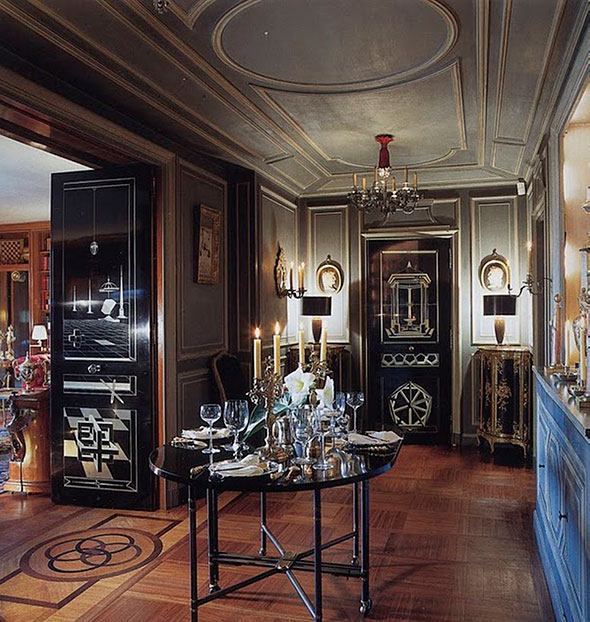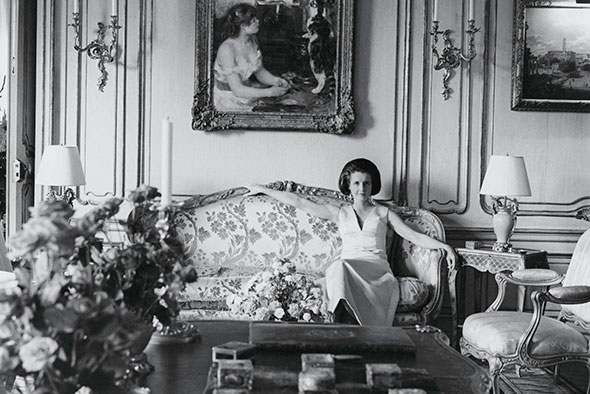
Maison Jansen, one of the great interior design firms that decorated residences of personalities such as the Kennedys, the Dukes of Windsor, Coco Chanel or the March family, going through the most spectacular staging in the history of decoration, the 2500th anniversary of the Persian Empire in 1971, which was their international recognition as the best interior designers in history.
Jean-Henri Jansen, a Dutchman living in Paris, founded the company in 1880. From its inception, Maison Jansen combined traditional furniture with influences from new trends, including Anglo-Japanese style, chinoiserie, the Arts and Crafts movement, and Turkish style. Ten years later, Jansen had become a leading antique dealer, and in 1890 he opened his shop at 9 Rue Royale in Paris, just a few meters from the Bastille.
Jean-Henri Jansen, a Dutchman living in Paris, founded the company in 1880. From its inception, Maison Jansen combined traditional furniture with influences from new trends, including Anglo-Japanese style, chinoiserie, the Arts and Crafts movement, and Turkish style. Ten years later, Jansen had become a leading antique dealer, and in 1890 he opened his shop at 9 Rue Royale in Paris, just a few meters from the Bastille.
This is where his empire was born, a workshop through which all commissioned projects passed, especially restoration, cabinetmaking, and the best artisans of the time were employed; at one point nearly 700 people worked in various branches of the arts, gilding, glass and mirror work, panels, metalwork, imitation finishes and much more.
The company pays close attention to historical research in an attempt to balance customer desires with the comfort of a home.
As his business expanded, Jansen soon opened workshops and stores in Buenos Aires, London, Rome, Milan, Cairo, Prague, Geneva, Havana, and New York. With this global reach, Jansen imported highly sought-after woods from Argentina and Cuba, such as mahogany, and tailored his production to the tastes of the wealthy, creating French-inspired furniture from the Ancien Régime, with Rococo and Neoclassical styles as his hallmarks.

Gaston Schwartz and Stephane Boudin took the helm as Jansen's successors. The classic pieces, inspired by historical moments, are now transformed with a modern and glamorous elegance derived from the inspiration of the latest editions of the famous "Exposition des Arts Décoratifs," with Art Nouveau at its height.
Gaston Schwartz was the modernist in the group, while Boudin, having received a classical education at his father's firm, was the traditionalist. It was at this time that Schwartz introduced mirrored surfaces as a Jansen staple alongside traditional carved wood paneling and furnishings, and the piece that made them so famous: the Jansen lacquered coffee table.

Boudin's last project before his retirement in 1961 was for JFK's White House. He was introduced to Jackie Kennedy, known for her love of all things French, by the multimillionaire Jayne Wrightsman, who commissioned him to decorate the Blue Room and the Red Room of the US President's residence.
Boudin had become Jayne's mentor and personal dealer in her private collection of French decorative arts, introducing her to the most renowned gallery curators, and together they had visited museums and auctions. In fact, the Wrightsman Collection is one of the most important in the world.



0 comments